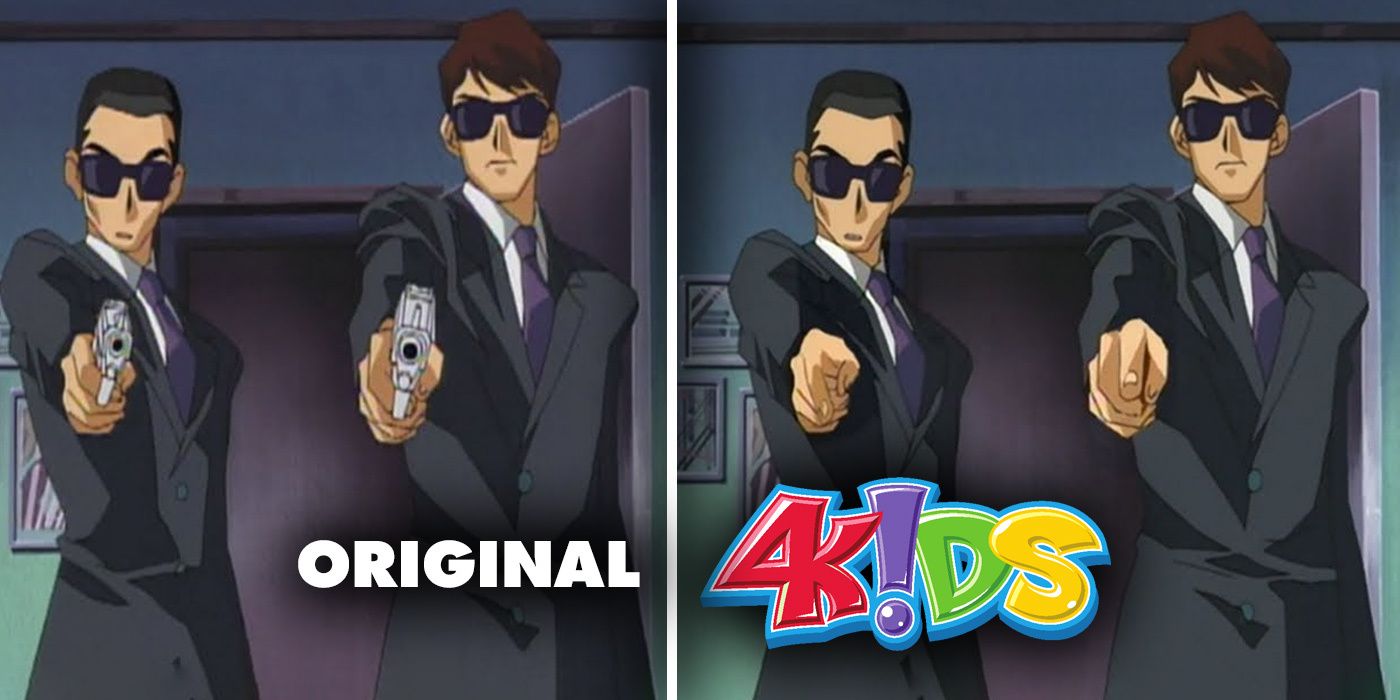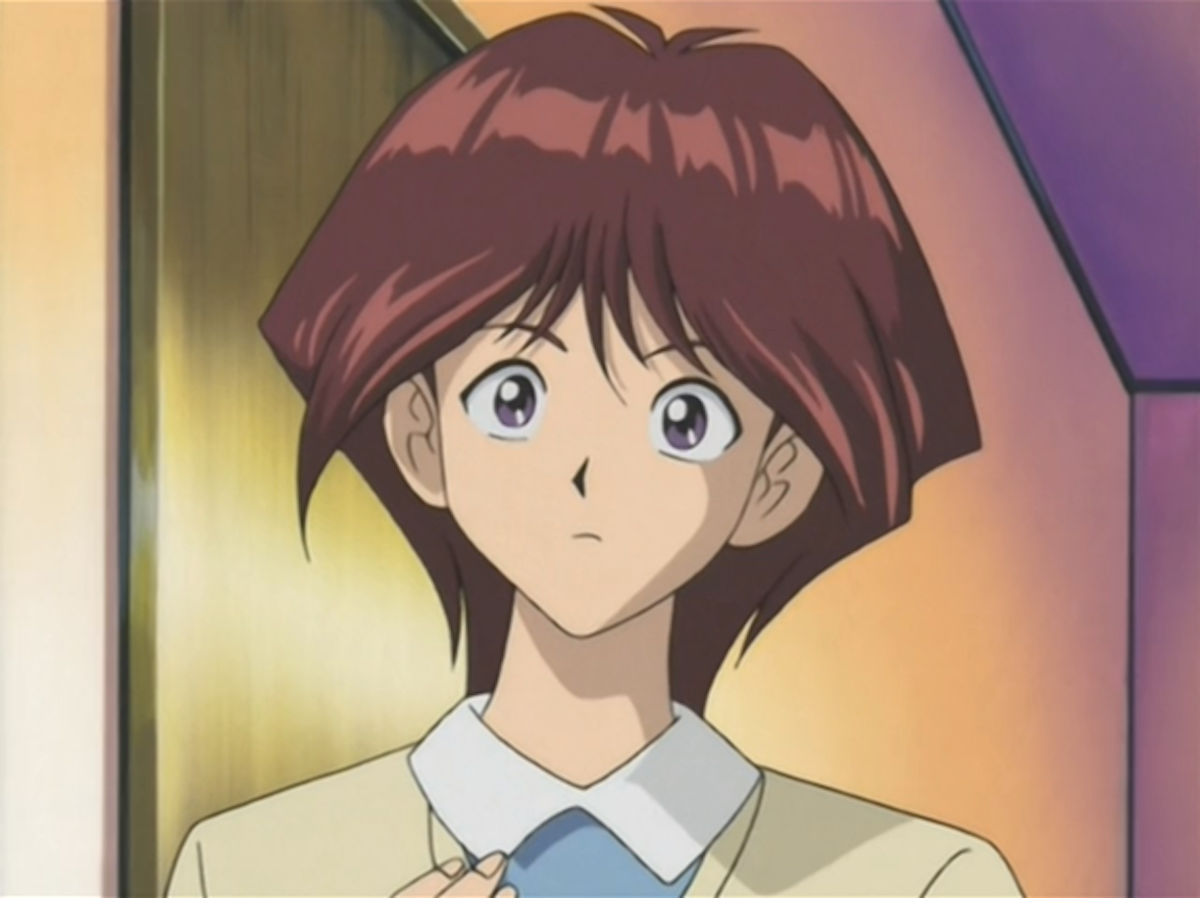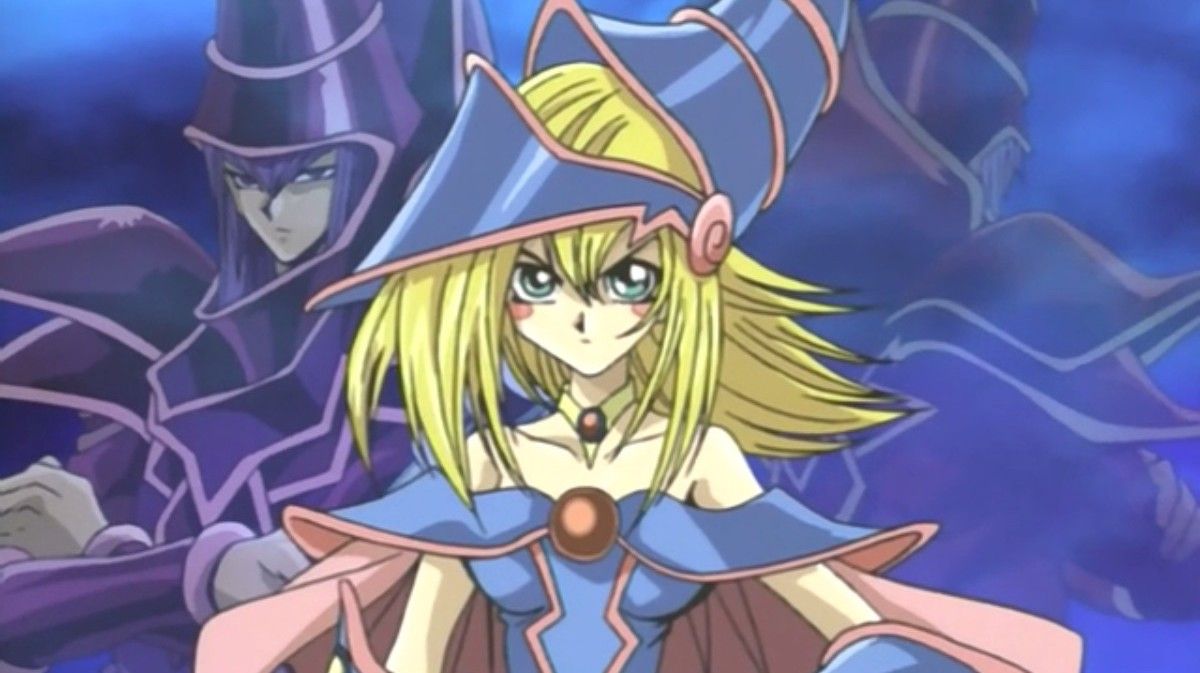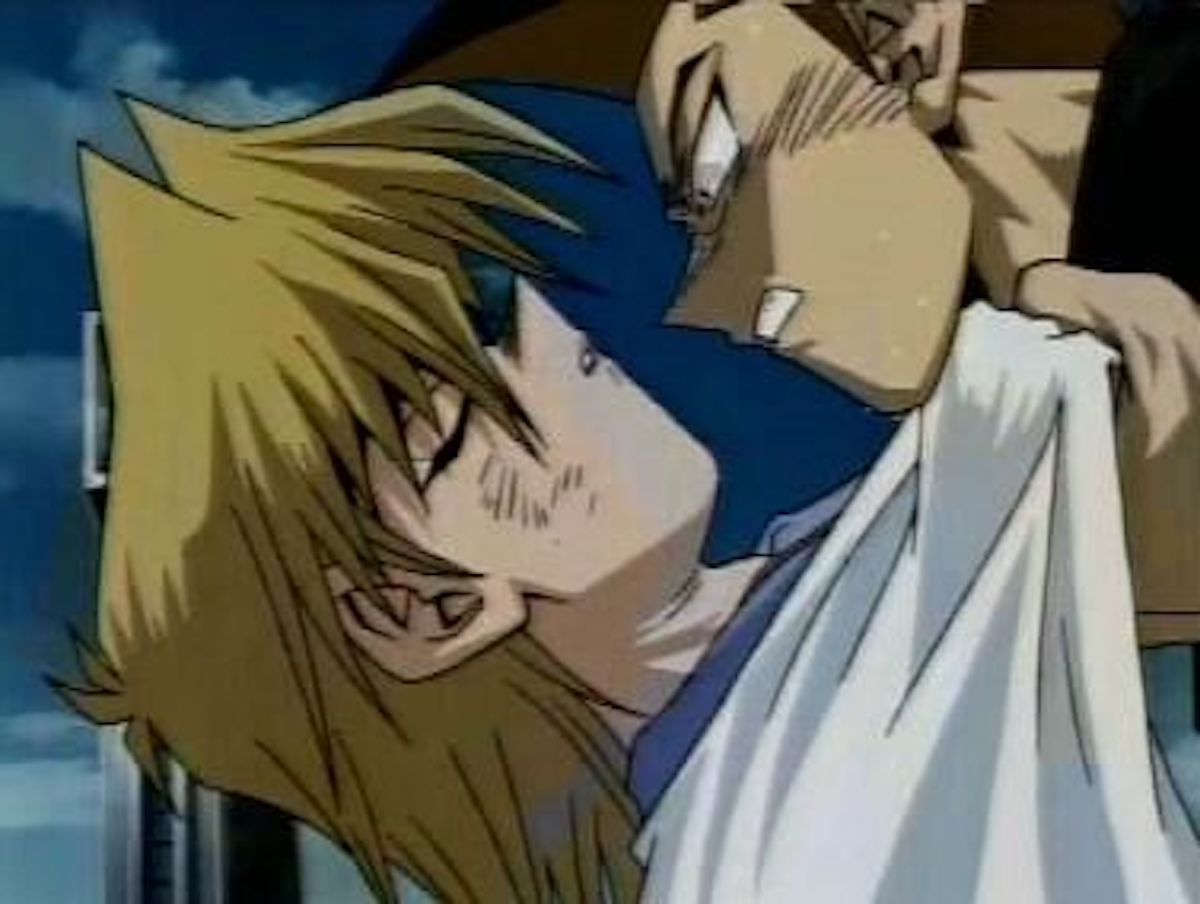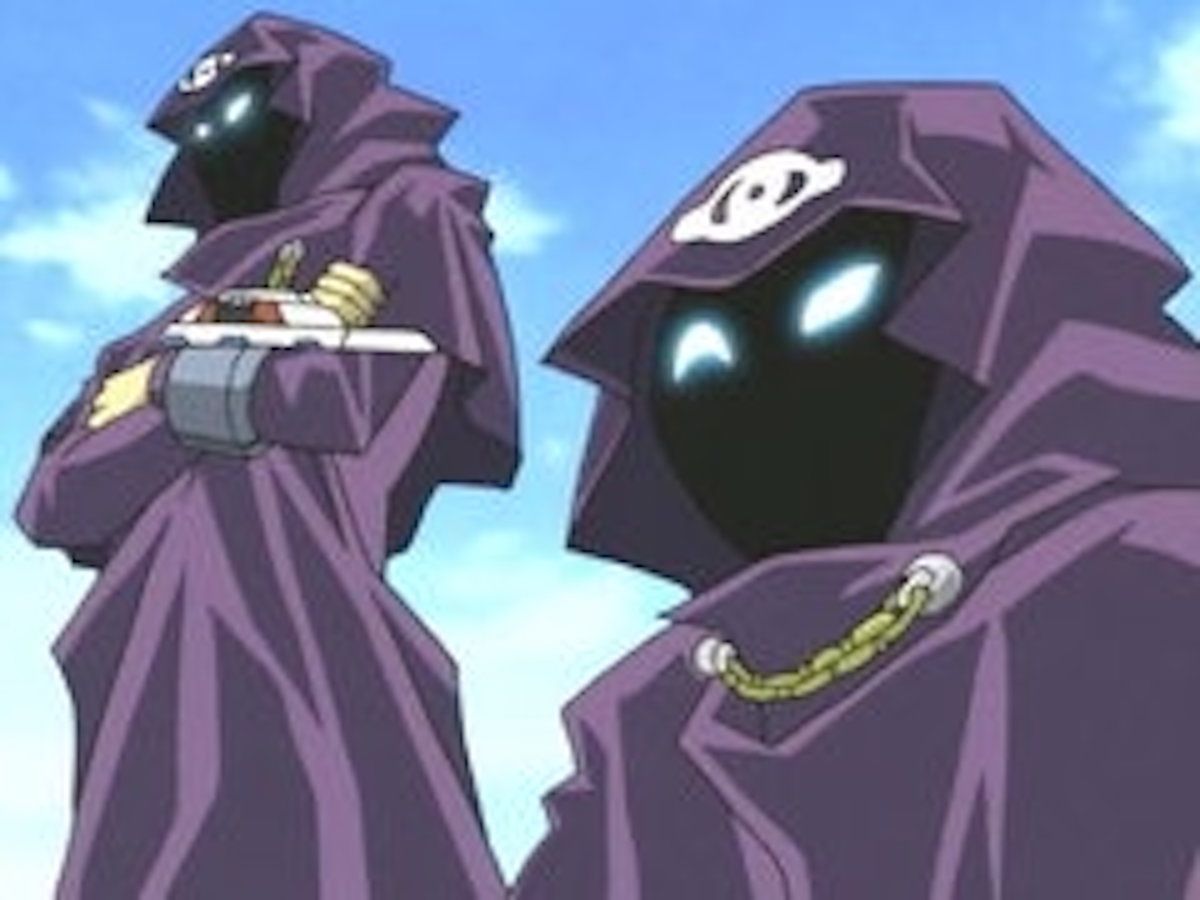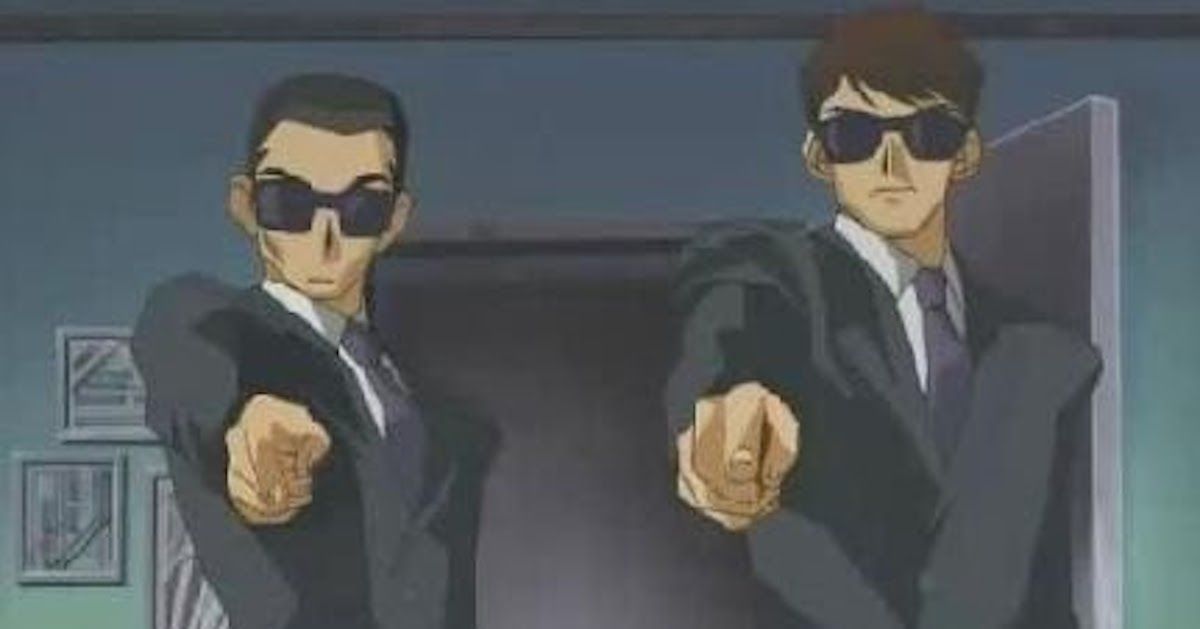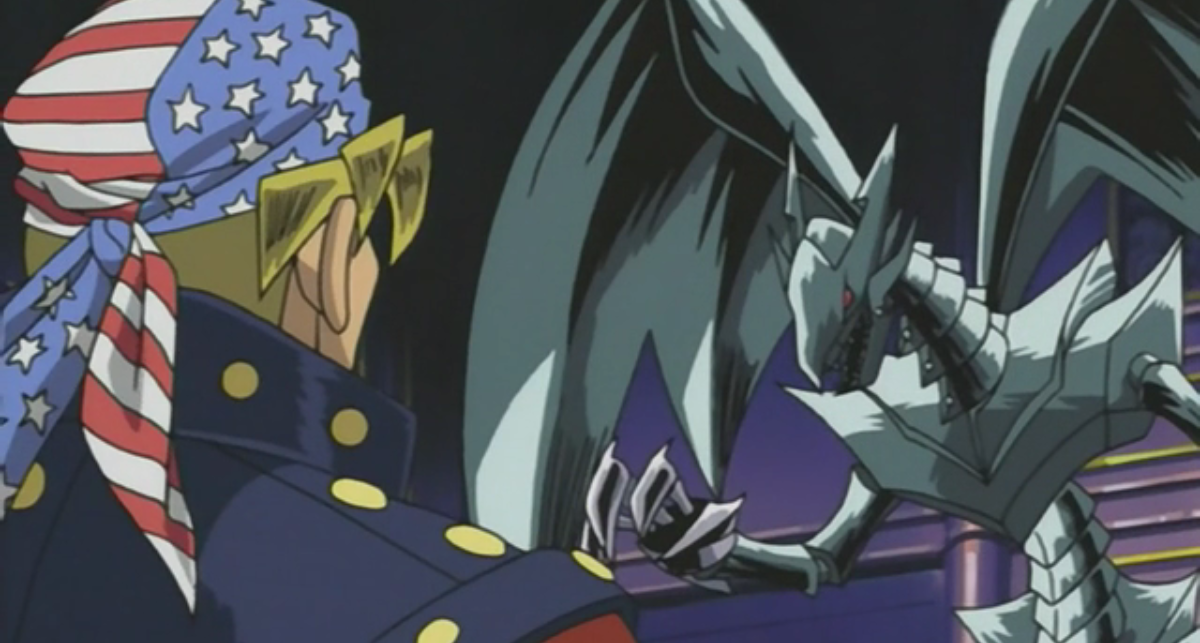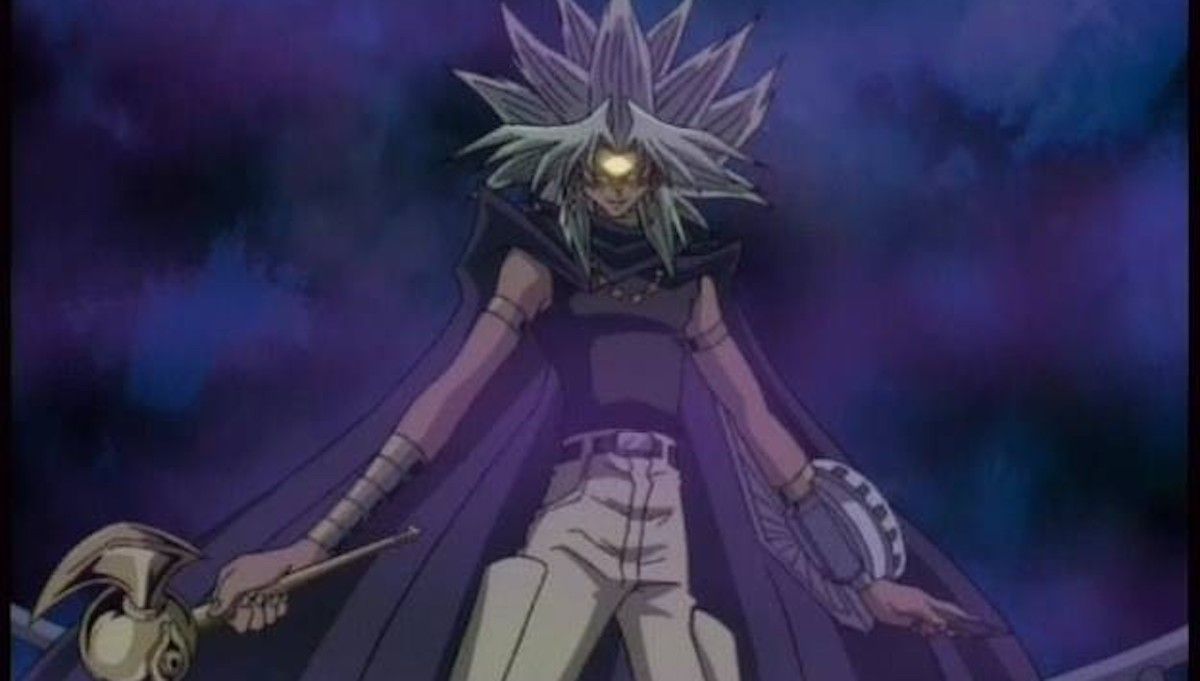4Kids Entertainment was once one of the foremost names when it came to anime localization, especially for young audiences. Its adaptations were seen on several TV stations such as Kids' WB as well as the company's own time blocks such as 4KidsTV on Fox and Toonzai on The CW. Over the course of the company's tenure, it adapted some of the most notable names in Japanese animation including the first eight seasons of Pokémon (1998) as well as the animated adaptation of the Shōnen Jump odyssey One Piece (2004). Since the company geared its productions towards children and young viewers, it went through strident efforts to ensure that its works were as palatable as possible for kids and concerned parents. This led to some common sense cautionary steps towards adult content in some anime, but also led to some truly head-scratching decisions. After two recurring law suits in a short span of years, 4Kids shut down its operations in 2017.
Few of 4Kids' productions showcased the seemingly illogical censorship moves than Yu-Gi-Oh!: Duel Monsters (2000) which was adapted for western release due to the popularity of Konami's Yu-Gi-Oh! Trading Card Game. Although the show proved to be a huge hit with young viewers, a retrospective look at the show has caused some to question 4Kids motivations for some decisions. Although the original anime did possess some sketchy subject matter that would be tricky for kids to grasp, some 4Kids choices don't appear to have made much sense in the way of protecting children.
Since the five year anniversary of 4Kids shuttering its doors is coming up, it's a great time to look back at some of the weirdest changes the company made to the beloved card game anime.
7. The Removal of Yugi's Mother
One of the more confusing choices that 4Kids made that many watchers who originally watched their adaptation may not even be aware of. In an early episode of the Japanese version of Yu-Gi-Oh!, protagonist Yugi Muto's (Dan Green) mother appears during an episode while his grandfather is in the hospital. She's only seen briefly and doesn't make any appearances after the fact, but it's odd for 4Kids to excise her appearance. The 4Kids dub centers Yugi's family unit around his grandfather Solomon (Madeleine Blaustein) as his only parental guardian. Was Yugi living with his mother and grandfather controversial somehow? Is it possible 4Kids cut Yugi's mom from the show due to the family dynamic being non-traditional? It's unclear, but it's just as likely that her appearance was removed to avoid distracting from the main story, as viewers would likely wonder what Yugi's mother thought about venturing to locales worldwide and challenging psychopaths and sorcerers to card games.
6. Altering Pentacles
Magic is a very large portion of the Yu-Gi-Oh! Trading Card Game's lore, and this is reflected within the 4Kids anime dub as well. Hearkening back to the days of Ancient Egypt, Pharaohs and their most trusted protectors would often partake in "Shadow Games" that allowed them to conjure monsters from stone tablets and use magic to battle each other. As expected, this is reflected in the design of many cards such as Dark Magician Girl (originally Black Magician Girl) and Exodia: The Forbidden One.
Dark Magician Girl originally sported a pentacle at the center of her top, and this was removed presumably to avoid allusions to occult or pagan imagery and was replaced with a gem. Likewise, the segmented monster Exodia: The Forbidden One originally emerged from a pentagram star. Both of the monsters' artwork had these symbols removed, with Exodia's background being replaced with the graphic of another card, Spellbinding Circle. This was also reflected in the 4Kids anime.
Hiding symbols of the occult seems like an odd choice for a show like Yu-Gi-Oh! where characters are nearly constantly using magic in the card game and in real life. Ancient Egyptian artifacts possessing long-trapped spirits overtake characters, souls are trapped in limbo, and even gods are summoned. It's safe to assume that parents worried about the influence of the occult on their children wouldn't draw the line at symbols and would also be unhappy with the use of magic in the show as well.
In an even more confusing move, some monsters that were originally depicted as angels were changed to fairies. If 4Kids was attempting to appease religious-minded children and parents, removing angels seems a bit strange as they appear in most world religions to begin with.
5. Implied Pushing/Shoving
It's no secret that 4Kids did everything in their power to prune violence out of Yu-Gi-Oh!'s presentation. However, violence is still heavily implied and sometimes directly alluded to in some situations. In an early episode of the Duelist Kingdom arc, longtime friends Joey Wheeler (Wayne Grayson) and Tristan Taylor (Gregory Abbey/Sam Riegel) get into a disagreement, with Joey hitting Tristan out of frustration. In the 4Kids dub, the camera focuses elsewhere as ADRed lines chime in to imply that Joey lost his temper. The next shot shows Tristan on the ground, a scuff on his face that he wipes with his hand. He remarks, "hey, what'd you shove me for!?" and that's all we get as far as violence is concerned for the scene.
There are later episodes that portray groups of characters in full-blown fights, but only recoiling from hits. One such example can be seen in a flashback during one early episode, where Yugi and Joey reminisce on how they met. As Joey confronts a bully, Yugi jumps in to protect him and they both suffer from a sequence of pained shots, but with viewers not actually seeing anything except their reactions.
If 4Kids wanted to take inter-character violence out of Yu-Gi-Oh! completely, it seems to make more sense to just remove the scenes depicting fights entirely. Including the shots where characters are flying back or doubling over from being hit. Leaving only half of the violence in as an implication puts kids' gloves on the scenes but still infers violence, somewhat defeating the purpose of removing it in the first place.
4. The Lumis/Umbra Duel Dilemma
One of the biggest subjects that 4Kids' work on Yu-Gi-Oh! centered around avoiding was the concept of death. For the most part, situations, where characters are mortally wounded or killed, are replaced by "sending their souls to the Shadow Realm." One particular set of episodes in the Battle City Arc follows Yugi and his archrival Seto Kaiba (Eric Stuart) teaming up together to defeat a dueling tandem of villains known as Lumis and Umbra. During this duel, the group finds themselves on top of a tall building with a glass roof. In the original anime, the loser of the duel would fall through the glass floor to their inevitable death.
Obviously, this didn't fly with 4Kids, and they opted that a portal to the Shadow Realm would serve as a substitute. The problem with this choice is that in the Duelist Kingdom Arc, there exists an episode where Yugi and Kaiba duel. When Kaiba is boxed in situationally and can't win the duel, he stands on the top of a castle tower and coaxes Yugi to deal the final blow. The explosion made by the duel's hologram system would blow Kaiba off the ledge (somehow) and he would fall to his death, meaning Yugi would have killed his rival. So 4Kids was okay with implying suicide by falling but not death by falling one season later? That doesn't quite add up.
3. Finger Guns
Yu-Gi-Oh!'s original anime had its fair share of guns, usually wielded by unscrupulous thugs such as the drunken gambler duelist Bandit Keith. In 4Kids' adaptation, these weapons were inexplicably replaced with characters pointing instead. Several thugs, security guards, and a morally cleaned-up Bandit Keith all have scenes where they inexplicably point their finger at their target in a fit of rage. It's abjectly hilarious to see and is one of the most bone-headed decisions 4Kids made for the show. Removing firearms from the anime was a good move, but there had to have been some better alternative than characters jabbing a pointed finger in someone's general direction. It may have been tricky to figure out, but the finger guns viewers got sucked a lot of tension and seriousness out of the show's tone, which didn't fare well for certain episodes' stakes.
2. Extensive Monster/Magic Card Censorship
Although 4Kids wasn't directly responsible for the censorship of actual Yu-Gi-Oh! cards that came to the West and South Korea, it had no problem including these censored cards in the show where applicable. One of the most notable examples in the early episodes is Bandit Keith's Barrel Dragon card. Originally, this monster was depicted as a dragon with three revolver barrels attached to it. It makes sense to censor the gun imagery in the show, but the censor job left a lot to be desired. Barrel Dragon still retained revolver-like barrels on its body and head, but they contained a multi-colored mishmash of CG meant to emulate energy, turning Barrel Dragon into a machine-like monster that fired energy blasts instead of bullets.
Another confusing choice was the removal of the Ankh on the chest of Exodia: The Forbidden One. Exodia's western card art obscures the Ankh on his chest, but it perplexingly passed 4Kids' censors in the anime. It appears 4Kids was mixed at best when it came to censoring religious symbols, although including the Ankh does suit Exodia's character as being of Egyptian origin.
One of the most controversial alterations was that of Dark Magician Girl, who had her chest size significantly reduced and her skirt elongated. This was enacted to avoid sexual suggestion from the character and remains to this day one of the most hotly-debated subjects among fans of the franchise. 4Kids likely meant well in this case, as Dark Magician Girl is by and large a fanservice kind of monster. That hasn't stopped some from crying hypocrisy due to other sexualized characters such as Mai Valentine (Erica Schroeder/Megan Hollingshead) remaining relatively unchanged.
1. The Shadow Realm
It's been harped on so often it's become a mainstream meme, and the concept of The Shadow Realm is still one of the most parodied aspects of 4Kids' controversial Yu-Gi-Oh! adaptation. If any character would normally find themselves mortally wounded or would meet an untimely end, they find their soul shipped off to the Shadow Realm instead. Though this concept tied in well enough with the idea of shadow magic, it heavily blunted the stakes of many of the show's episodes. Characters that end up in the Shadow Realm throughout the series are often brought back with no real consequence. So many characters visit it and return that it's more of a Shadow Bodega than a realm.
Death is of course a difficult subject to deal with for young audiences, but certain episodes (one stands out where Yugi was thought to be "gone" due to shadow magic sapping his stamina) still imply it heavily enough to have one wonder how much the Shadow Realm concept really helped. Some fates befall characters that would simply devastate their bodies. Joey at one point even gets set ablaze by an Egyptian God. Nothing to worry about though, the Shadow Realm is an ever-convenient receptacle that exists to hold characters until their eventual resurrection.

